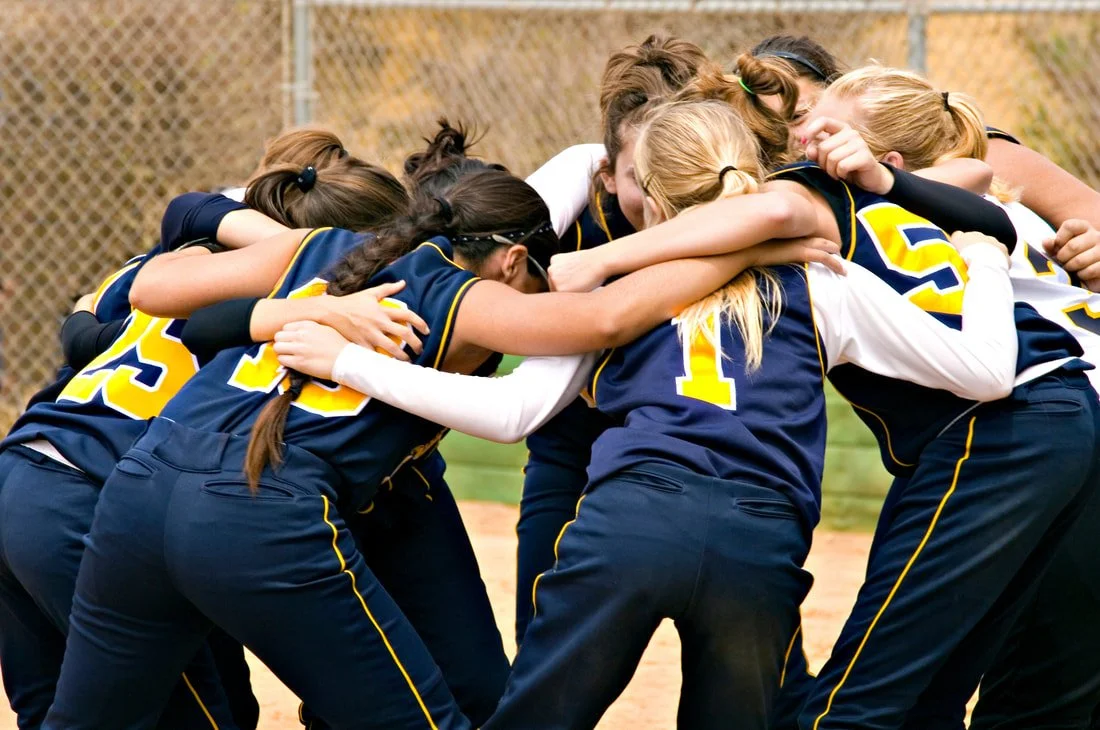Mental Game Practices for Young Athletes: Breathing, Visualization, and Positive Thinking
This is a core guide to “mental game” practices that we teach athletes to help them deal with the trials and challenges of modern life as well as the demands of their sport. The insights shared are intended to be given directly to young athletes or to serve in coaching young athletes in these critical and fundamental practices.
As young athletes, you're embarking on an exciting journey of growth and achievement. This guide will help you explore a variety of mind-body (“mental game”) practices that can enhance your athletic performance, mental resilience, and overall well-being. By incorporating breathwork, imagery, visualization, and positive thinking into your routine, you can unlock your full potential no matter what you’re doing.
Breathwork Techniques
Rhythmic Breathing Technique
Inhale for a count of 3, then exhale for a count of 3. Maintain a steady rhythm.
Benefits: Enhances relaxation, synchronizes mind and body, and supports concentration.
Balloon Breath Technique
Inhale deeply through your nose, expanding your belly like a balloon. Exhale slowly through your mouth, deflating the balloon.
Benefits: Calms nerves, improves focus, and boosts energy for practices and games.
Counted Breath Technique
Inhale for a count of 4, hold for 2, and exhale for 6. Adjust the counts based on your comfort.
Benefits: Reduces pre-game jitters, increases mental clarity, and helps you stay in the moment.
Bunny Breath Technique
Inhale quickly and sharply through your nose for a count of 1, then exhale in short bursts for a count of 2 or 3.
Benefits: Boosts alertness, invigorates before practices or games, and helps release tension.
Visualization and Positive Imagery
Winning Shot Visualization Technique
Close your eyes and vividly imagine yourself making the winning shot or play.
Benefits: Boosts confidence, enhances muscle memory, and helps you believe in your abilities.
Confidence Booster Imagery Technique
Imagine a moment when you felt the most confident and capable. Recreate that feeling before a game.
Benefits: Enhances self-assurance, minimizes performance anxiety, and promotes a positive mindset.
Section 3: Positive Thinking Practices
Pre-Game Affirmation Technique
Create short, powerful affirmations like "I am strong, I am focused, I can do this." Repeat them before games.
Benefits: Builds mental strength, reinforces self-belief, and sets a positive tone for competition.
Thought Flip Technique
Identify negative thoughts like "I might fail." Flip them to positive thoughts like "I'm improving every day."
Benefits: Reduces self-doubt, enhances motivation, and fosters a growth mindset.
Gratitude Slam Technique
List 3 things you're grateful for each day, focusing on how they positively impact your sports journey.
Benefits: Elevates mood, shifts focus to progress, and cultivates a sense of appreciation.
Integrating Practices for Athletic Success
Pre-Practice Energizer
Combine balloon breaths, confidence booster imagery, and pre-practice affirmations to get into the zone.
Game-Time Focus Ritual
Incorporate counted breaths, winning shot visualization, and thought-flip technique to maintain composure during games.
Goal Achievement Plan
Merge gratitude slam, positive imagery, and affirmations to work towards your athletic aspirations with determination.
Relax and Recover Routine
Engage in deep breaths, confidence imagery, and mindfulness to unwind after intense training or competition.
As young athletes, you possess incredible potential to excel in your chosen sports. By embracing breathwork, visualization, and positive thinking, you're equipping yourself with tools to enhance performance, build resilience, and foster a strong sense of self-confidence. Regular practice of these techniques, tailored to your preferences, will empower you to overcome challenges and make the most of your athletic journey.
To further enhance your experience with these techniques, teach them to others who are willing to learn. Ask your friends, family, and just about anyone if they wish to learn a few techniques to help them deal with the challenges of life, work, and sports. If they say “no thanks”, that’s no big deal. Just move on. But if they say “yes”, give them some information about each technique and teach them the one they are most excited to learn. Have fun - while knowing you are helping them learn something very, very useful.
join the movement.
Get our e-mail newsletter for tips and free resources to help your athletes thrive in sports straight to your inbox.



